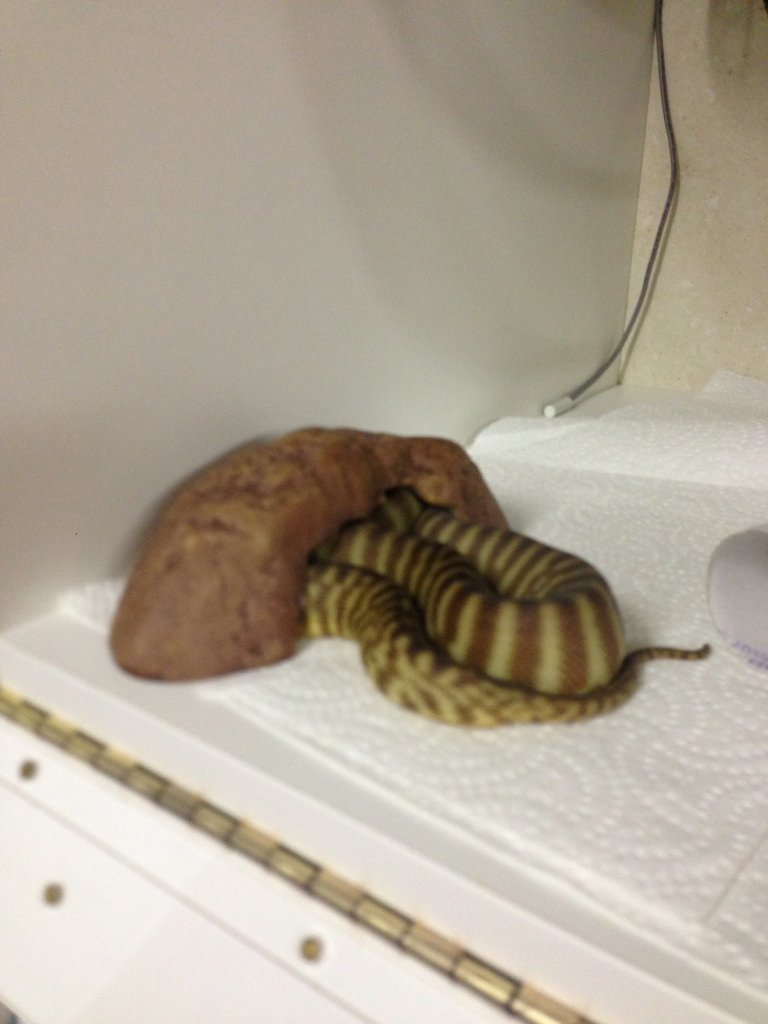I have to agree with Danydee and wouldjust like to add a bit of explanation if I may. If you have an otherwise healthy snake and you have not been stupid and handled it as it came up to a shed, then it is odds on if the snake had a bad shed that it was not sufficiently hydrated.
Hydration levels are a result of water intake versus water loss. It is a matter empirical fact that snakes will seldom, if ever, drink water that has stood for more than a day or so. Therefore, to ensure adequate water intake, fresh water should be provided at least three times a week.
Snakes lose water when they void wastes but the greatest loss occurs with breathing. Every exhaled breath is 100% humid. The amount of moisture lost with each breath depends upon the humidity of the air being inhaled. In nature, snakes spend a significant amount of time coiled up in the tight confines of a refuge. The coiling up helps them retain heat gained from basking, blocks entry to predators and importantly, allows the humidity from breathing to be retained and build up, thereby reducing water loss. Big hides with large entries will result in increased water loss. Ventilation can is even more significant factor. I personally believe its need is often over emphasised. OK, you need vents so that your animals are not living in 80% plus humidity. A couple of small vents is usually more than adequate. The insides of houses are dry places with quite low humidity. If the air inside your terrarium is being rapidly exchanged with air outside of it, then the humidity level inside the terrarium is going to be low, quite likely too low.
______
The fluid used to separate the old skin from the new (which is what turns the eyes cloudy blue) is essentially lymph with a special enzyme in it. In other words, it is water with some dissolved materials in it. The topping up of a water bowl is providing fresh water. Snakes will drink moving water that has been in their enclosure for days. They just won't drink still water that has sat still.
Blue




